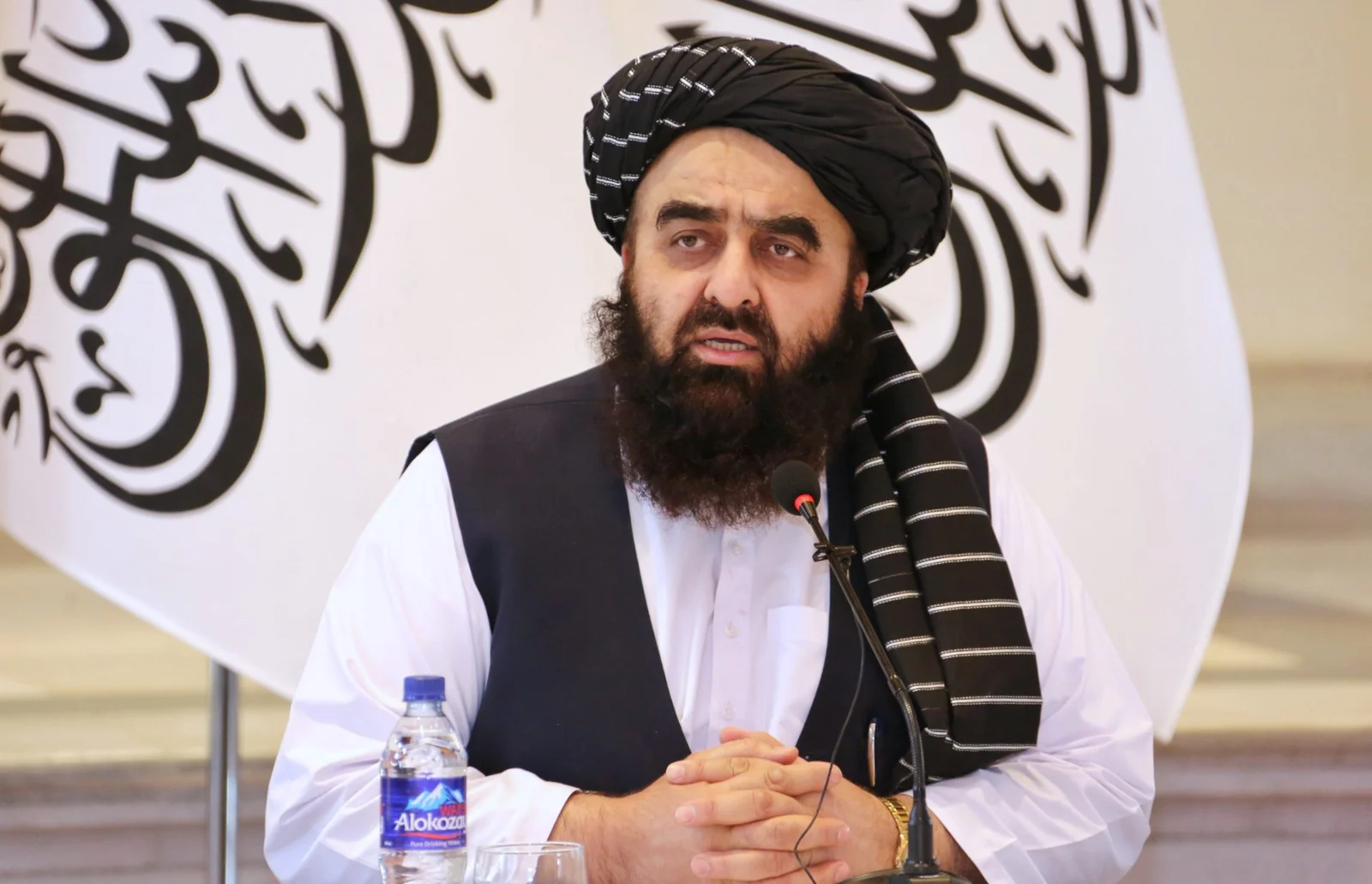There are two important components of an economic response to this pandemic outbreak. The first is building infrastructures like hospital facilities and quarantine facilities, preparing the staff to deal with the SOPs and procuring equipment. The second component is to adopt policies that help mitigate the economic repercussions of social distancing. This report will highlight the economic responses of the Big Four South Asian Countries using data from IMF Covid-19 Tracker.
Economic Response by Bangladesh:
Firstly, the economic response by Bangladesh included modest expenditure on both economic and health care sides. Currently, the country is allocating 0.008% of its GDP on health care services and facilities. Moreover, approximately 0.34% of the GDP (87.4 billion takas) mad the total stimulus package given by the country.
Economic Response by India:
Interestingly, India’s economic response has been to increase expenditure on the health care side as well. For the state and union territories to build healthcare infrastructure, the government has allocated a budget of 150 billion rupees. This translates to 0.1% of the country’s total GDP. In addition to this, for more funds to fight the pandemic, the government has set up a fund called PM-CARES. From this fund, 2000 crore rupees have been earmarked to spend on ventilators and other health care facilities. However, critics have widely criticized the transparency in its functions.
Also, in terms of economic expenditures, two small stimulus packages have been announced. The main elements included in the stimulus package are cash transfers, in-kind transfers for food and amenities, insurance coverage for workers, credit to support micro, medium and small enterprises, and wage support for daily wage workers. In total the fiscal stimulus provided by the government is a meager 01.3% of the GDP.
Similarly, the figures that were announced by the Prime Minister i.e. 10% of GDP of fiscal stimulus comes from different sources. Similarly, the announcement included elements like Reserve Bank’s injections of liquidity which does not form a part of the fiscal policy. Both stimulus packages just renamed the existing budgeted allocations. Accordingly, the second package in particular was useful for the medium run only and will have no significant effect on the aggregate demand in the economy. The critics are of the point of view that despite the adverse situations of migrant workers, there have been no measures taken for relieving them of their misery.
Economic Response by Pakistan:
Furthermore, in Pakistan, the health side expenditure is a little lower than in India. The amount earmarked for purchasing equipment and other health care facilities is 25 billion PKR which translates to 0.07%of the GDP. This budget eliminated the import duties on health and medical equipment.
Consequently, Pakistan sees the most positive economic responses by Big Four South Asian Countries. The relief package announced was worth 1.2 trillion PKR which can be valued at 3.34% of the country’s GDP. This expenditure is earmarked for cash transfers, relief for the daily wager, procurement of wheat, relief in the procurement of fuel, and food supplies.
Economic Response by Sri Lanka:
Additionally, the health care expenditure of the country is comparable to Pakistan and India. The government of Sri Lanka has allocated up to 0.1% of the GDP. Moreover, the expenditure on the economic side has been very low. cash transfers for the poor amounted to 0.1% of the GDP. supporting measures include concessional loans, food allowances, and extension of tax payment deadlines.
Thus, only Pakistan set the largest expenditure on the economic side for fighting the pandemic. In addition to this, all four countries have comparable spending expenditure on the health care side. Conclusively, according to this report, we can see what the economic responses of the Big Four South Asian Countries have been to the pandemic.






